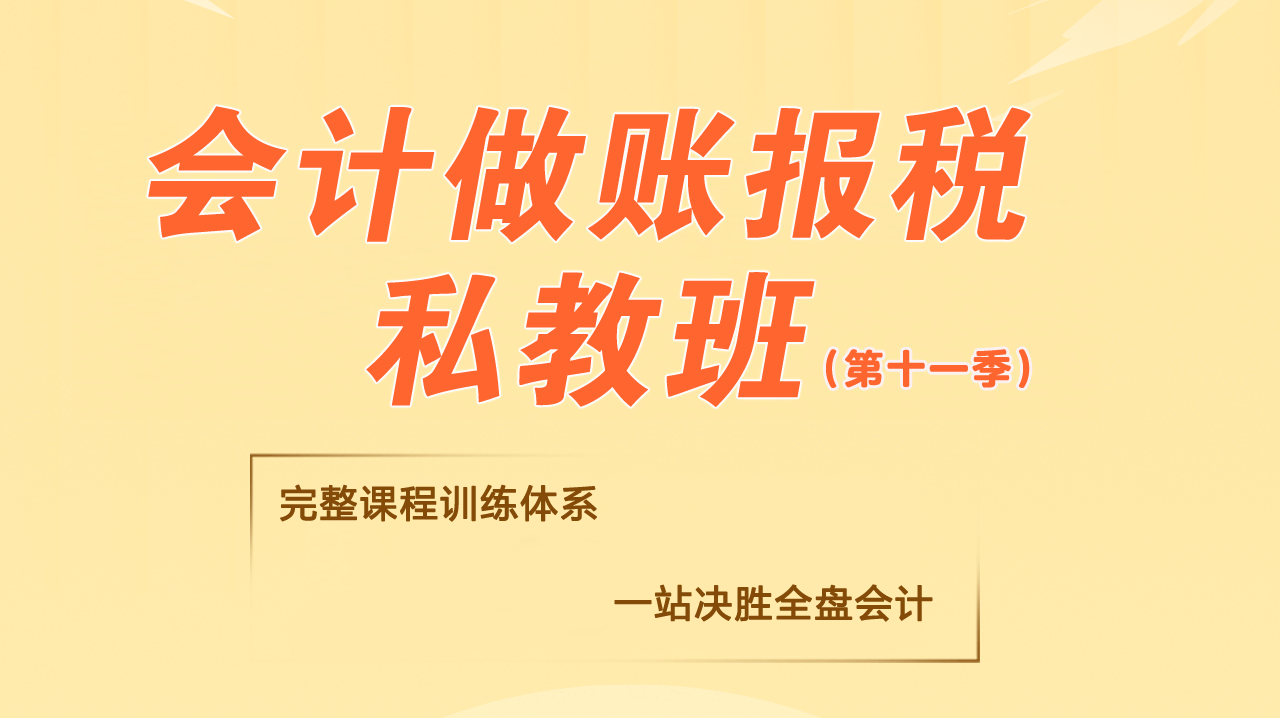日本企业向海外转移生产(双语)
The initial economic impact of Japan's earthquake and tsunami was obvious in first-day newscasts showing crumpled buildings and entire towns being swept away.
在第一天显示建筑物倒塌、城镇被完全冲毁的电视画面中,日本地震和海啸产生初期经济影响显而易见。
Today, displaced or injured workers, damaged factories, crippled infrastructure and an electricity shortage spurred by a nuclear-power crisis still disrupt production.
今天,由于工人转移或受伤、厂房受损、基础设施瘫痪和核电危机造成电力短缺,生产仍旧无法恢复正常。
Much of that capacity will be restored in time. But some effects will remain as manufacturers─stung by supply shortages over the last month─diversify their operations away from the island nation. Among those looking offshore: Japanese companies themselves.
假以时日,这些产能将有很大一部分得到恢复。但某些影响仍将存在,因为制造企业在过去一个月感受到供应短缺之痛,要将其营业活动从日本这个岛国向其他地方分散。把目光投往海外的公司当中,也包括日本本国企业。
"Japan's earthquake and tsunami have heightened its risk profile," says Heizo Takenaka, the country's economics minister in the early 2000s. "That is likely to prompt more companies to move factories overseas."
曾在世纪初担任日本经济财政大臣的竹中平藏(Heizo Takenaka)说,地震和海啸已经强化了日本的风险形象,这有可能促使更多公司把工厂转移到海外。
Japan, of course, has made an art of bearing the unbearable. The country's recovery from the 1995 Kobe earthquake was more rapid that most experts had predicted.
不用说,日本已经十分擅长于承受不可承受之重。这个国家从1995年阪神地震复苏的过程,比多数专家的预测都更加迅速。
But the scale of the March 11 disaster has been far greater. Mr. Takenaka estimates that Japan lost about 5% of its capital stock in the most recent quake, compared with 2% from the Kobe temblor.
但今年3月11日的灾难惨烈得多。竹中平藏估计,日本在最近的这次地震中损失了大约5%的股本,而阪神地震造成的损失相比之下只有2%。
The radiation spreading from the crippled Fukushima Daiichi nuclear-power plant is unprecedented. And Japan is less able to rebound than it once was: Its debt load is heavier, its Asian competitors are more aggressive and its population is shrinking. New constraints from the earthquake, such as rolling blackouts expected during peak summer and winter demand this year, add to the pain.
受损的福岛第一核电站向周围散发的核辐射是史无前例的。而且日本经济的复苏难度也比过去更大,因为它的债务负担更加沉重,其亚洲竞争对手更加进取,而日本的人口数量也在不断缩减。地震产生的新制约因素更是雪上加霜,比如今年夏季和冬季用电高峰期预计将出现的轮流停电。
Japan's Renesas Electronics Corp., one of the world's leading makers of microprocessors, already outsources production of about 8% of its chips. Before the earthquake, Renesas planned to increase that to 25% by 2013, most to foundries outside Japan. Now the company plans to exceed that target. Renesas says it is in talks to have microcontroller chips for cars, now all made in Japan, made at a Singapore plant owned by U.S.-based chip maker Globalfoundries Inc. Renesas fears losing its 40% market share among the world's top auto makers, who are scouring the globe for alternate supply sources.
日本瑞萨电子(Renesas Electronics Corp.)是世界上最重要的微处理器生产商之一,它已经有大约8%的芯片为外包生产。地震之前,瑞萨计划在2013年之前将这个比例提高至25%,其中多数都是外包给日本以外的工厂。现在它打算将这个比例进一步提高。瑞萨说,它准备把目前全部在日本生产的汽车微控芯片交给美国芯片制造商Globalfoundries Inc.在新加坡的一家工厂生产。世界汽车生产商都在放眼全球寻找其他供货源,瑞萨担心失去自己在这些厂商当中40%的市场份额。
The most exposed Japanese companies, naturally, are those closest to the epicenter of the earthquake in Japan's northeastern Tohoku region.
受影响最大的日本企业,当然是离东北町震中最近的那些公司。
Horio Seisakusho Co., a diversified manufacturer based in heavily damaged Ishinomaki City, is a 52-worker company that boasts a 30% market share in optical units that read Blu-ray and other digital videodiscs. The company, which has two electronic-component plants in China, says it doesn't have immediate plans to shift more production overseas.
堀尾制作所(Horio Seisakusho Co.)是一家多元化的制造企业,总部位于遭到严重破坏的石卷市。该公司有52名工人,其生产的用于读取蓝光和其他数码影碟的光学元件占据着30%的市场份额。该公司在中国有两座电子元件工厂。它说,暂时没有打算将更多生产转移到海外。
But Horio Seisakusho is feeling pressure and says it isn't alone. "There are a lot small of companies like us in the area, and some owners tell me they're concerned about losing chunks of business forever if they remain behind in delivery schedules," President Masahiko Horio says.
但堀尾制作所感受到了压力,并且说它不是唯一的一家。公司总裁堀尾正彦(Masahiko Horio)说,这个地区有很多像我们一样的小公司,一些企业主跟我说,他们担心,如果其交货时间一直落后于人,可能就会永远失去一大笔业务。
Local officials echo that. "There's a risk companies that shut or suspended production may get cut out of the business if they can't fill orders now," says Masahiro Ito, an economic-development official in Miyagi Prefecture, where the quake hit hardest.
当地官员也是这么说。在受地震打击最严重的宫城县,负责经济发展的官员Masahiro Ito说,关门或停产的公司如果无法马上交付订货,它们可能就再也揽不到生意。
Shifting production can be difficult, especially for sophisticated items that rely on a concentration of skills, special tools and capability that will be hard to replicate, says Karl Roberts, co-head of the high-tech practice at management-consulting firm AlixPartners. But nearly every company affected by supply disruptions will develop long-term plans to reduce risk. "Boards of directors are going to require that companies rethink this," Mr. Roberts says.
管理咨询公司AlixPartners的高科技业务联席主管罗伯茨(Kark Roberts)说,转移生产可能很难,尤其是涉及到那些依赖密集技术、特殊工具以及难以复制的产能时。但几乎所有受供应中断影响的公司都将制定长期计划以降低风险。罗伯茨说,各家公司的董事会将要求公司对此多加考虑。
Many pillars of Japan Inc. speak openly about their "public commitment," a decades-old social contract that companies based in Japan should produce in the country. But even before the earthquake, that contract was crumbling.
许多身为日本行业支柱的公司对其“公共义务”直言不讳,这种义务是有数十年历史的社会契约,即要求日本公司在日本国内进行生产。但即便在地震之前,这种契约也在分崩离析。
Nissan Motor Co., where four of the nine board seats are held by non-Japanese, already relied on Japan for just 25% of its auto production and has committed to move more car making outside Japan. The company last year shifted output of its Micra subcompact to Thailand and elsewhere overseas from Kanagawa, outside Tokyo. Nissan plans in 2013 to move production of its Rogue crossover sport-utility vehicle to Canton, Miss., from Kyushu, Japan's main southern island. After the quake, managers signaled they will step up efforts to shift output and sourcing abroad. "We first look to our Tohoku suppliers who can shift to other factories, then to other suppliers in Japan," Nissan Chief Operating Officer Toshiyuki Shiga says. "But if that doesn't work, we will start asking around for overseas suppliers."
日产汽车(Nissan Motor Co.)的汽车生产仅有25%在日本国内进行,并承诺将更多的汽车生产业务转到日本以外。该公司九个董事会席位中有四席为非日本裔人士占据。日产去年将其Micra超小型汽车的生产从东京附近的神奈川转到泰国和其他海外地区。日产计划2013年将Rogue跨界运动型多用途车的生产从日本南部的九州岛转移到美国密西西比州的坎顿(Canton)。地震过后,管理人员表示将加快生产和采购的海外转移。日产首席运营长志贺俊之(Toshiyuki Shiga)说,我们先是指望东北部地区那些能将生产转移至其它工厂的供应商,然后又联系了日本其它地区的供应商。如果这都不起作用,我们将开始到处打听海外供应商的情况。
Nissan said April 1 that it would temporarily import V6 engines from a plant in Decherd, Tenn., to replace lost output from a factory in quake-stricken Iwaki, Japan, at least temporarily. Nissan said last week that it would reopen the Iwaki plant next Monday, but initially at only half of its previous output.
日产公司4月1日说,为了弥补遭地震破坏的日本磐城(Iwaki)一家工厂损失的产能,该公司将暂时从美国田纳西州进口V6发动机,短期内至少是这样。日产公司上周说磐城工厂将在本周一重新开工,但开始一段时间内产能只有此前的一半。
"I think there are still some areas where Japanese industry should consider moving production overseas," says Yoshio Ishizaka, a former Toyota Motor Corp. executive who is an adviser to the auto maker.
曾在丰田公司担任高管的石阪义雄(音,Yoshio Ishizaka)说,我认为还有一些地区的日本企业应该考虑将生产转移至海外。石阪现在给汽车厂商担任顾问。
Industry observers say Toyota may close one or more older facilities in Japan. The company says it doesn't have such plans. But Toyota's prequake domestic capacity was nearly one million cars above its commitment to keeping domestic auto production at a minimum of three million vehicles, says Koji Endo, an automotive analyst at Tokyo-based Advanced Research Japan.
行业观察人士说,丰田汽车可能会关闭日本国内一家甚至更多陈旧的厂房。但丰田汽车表示该公司没有这样的计划。总部位于东京的Advanced Research Japan的汽车行业分析师远藤浩二(Koji Endo)说,地震发生前,丰田汽车的国内产能已经超过其承诺的最低300万辆的底线,超出近100万辆。
Toyota completed construction on its newest, and 17th, assembly plant in central Miyagi prefecture less than a month before the earthquake. The company immediately suspended production but had planned to reopen the plant later this month. A 7.1-magnitude temblor late Thursday forced the company to reassess those plans.
地震发生前不到一个月,丰田汽车建成了位于宫城县中部的组装工厂(该公司的第17家,也是最新的一家)。该公司随后立即暂停了生产,但计划本月晚些时候让这座工厂重新开工。上周四晚上发生的7.1级余震迫使丰田重新评估那些计划。
Even Japanese companies far from the quake's epicenter and the public eye, dedicated to relief efforts, are considering moving business abroad.
即使那些远离震中和公众视线且致力于救灾工作的日本企业也考虑将业务转移到海外。
Hundreds of miles from the quake-stricken region, on Kyushu, Nakayama Iron Works Ltd. assembles rock crushers, belt conveyors and asphalt-recycling machinery for building roads. The 103-year-old, 146-employee company is looking to suppliers in China, Malaysia and Taiwan, where it already obtains some components, to fill the gap in critical parts no longer flowing from northern Japan.
离地震灾区数百公里远的九州岛有一家名叫中山钢铁厂(Nakayama Iron Works Ltd)的公司,该公司主要为筑路业组装岩石破碎机、皮带输送机和沥青回收机械。这家有着103年历史、146名员工的企业现在指望中国大陆、马来西亚和台湾的供应商来补充其无法再从日本北部地区获得的关键零部件。中山钢铁厂已经从上述地区的供应商获得了一些部件。
"We've sent spare generators for the relief effort and offered to house evacuees on our premises," says Hiroshi Nakayama, the company's third-generation president. "But we need to consider using more foreign components if the shortages continue."
这家钢铁厂第三代总裁中山博(Hiroshi Nakayama)说,我们已经将闲置的发电机用于救灾工作,并在我们的厂房内安置灾民。但如果短缺现象持续,我们也要考虑使用更多的外国零部件。



